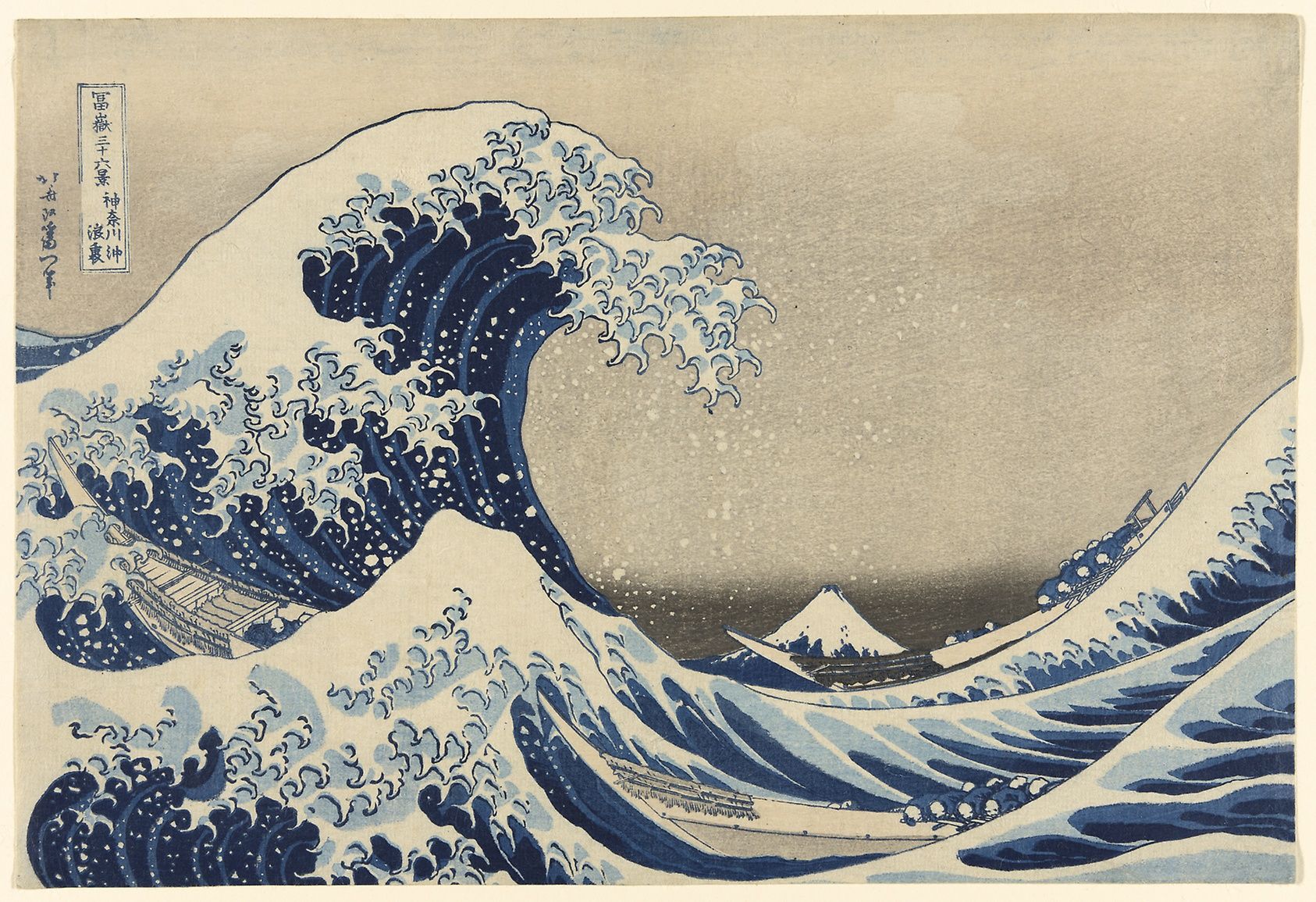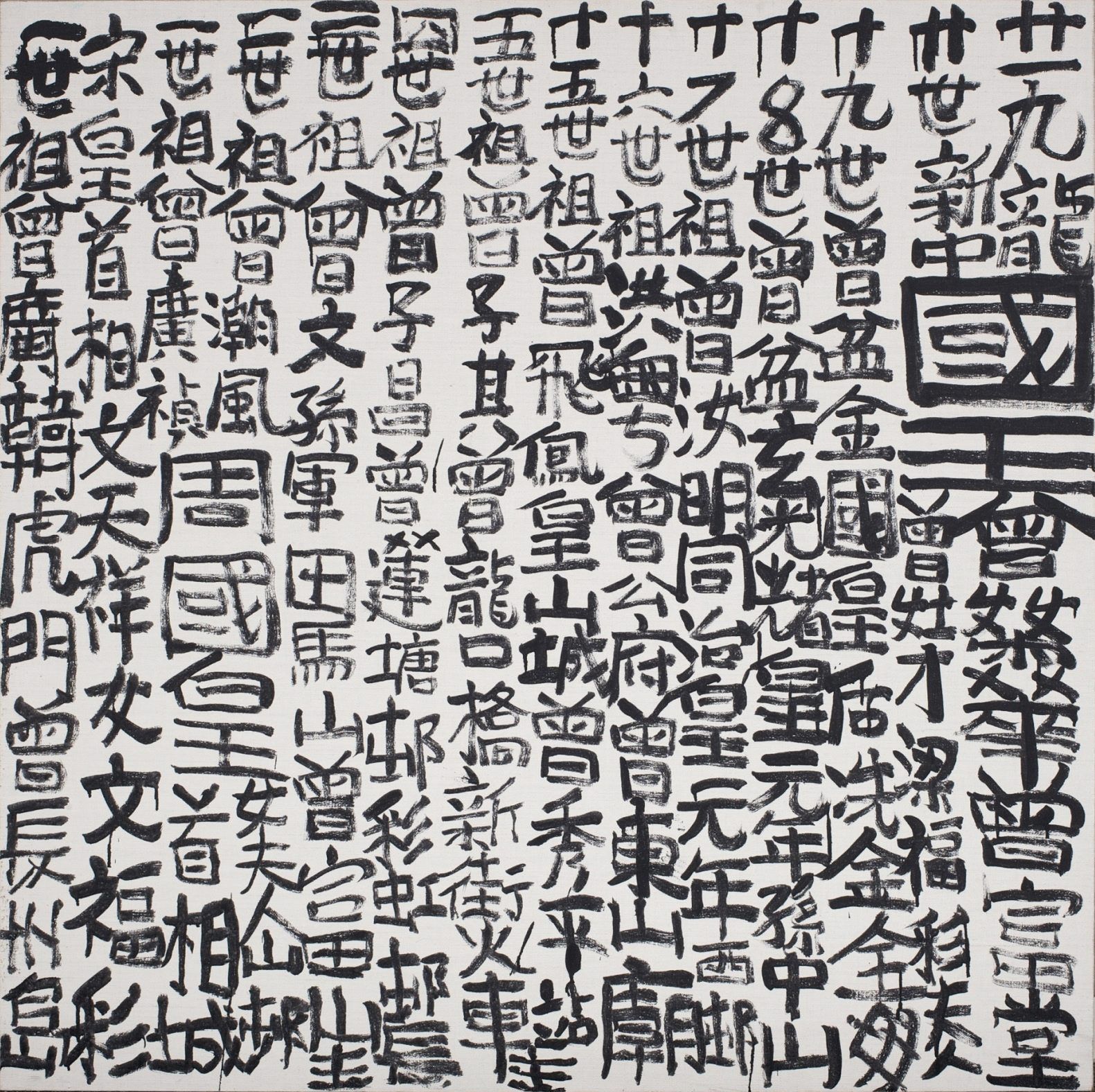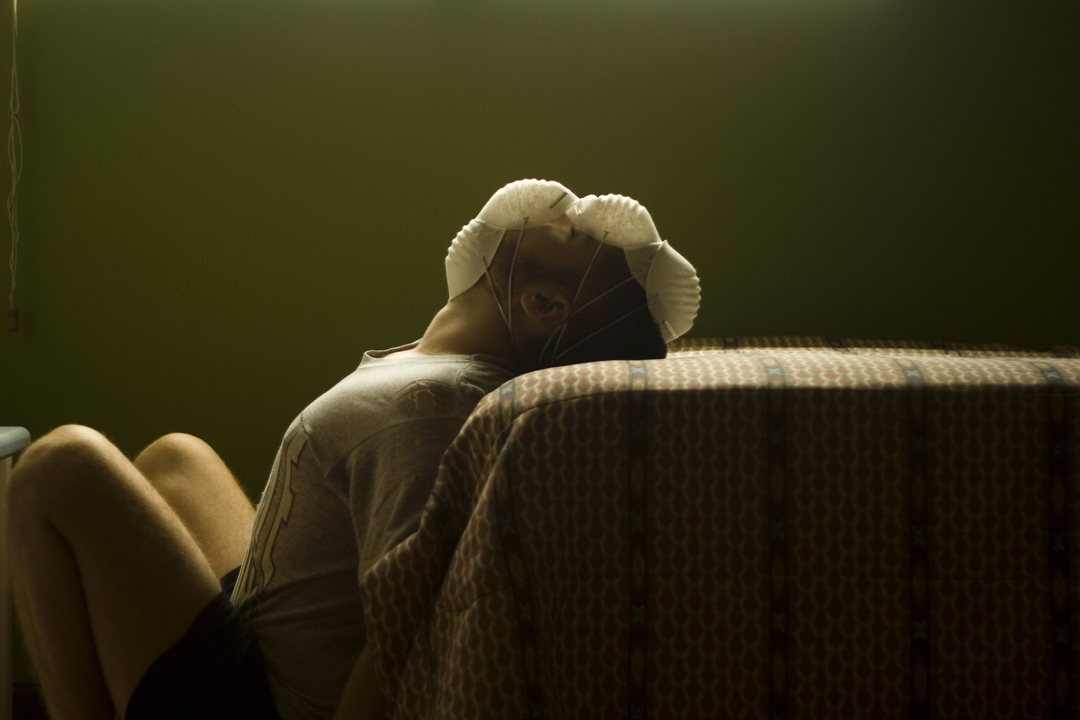Even though I'm still busy running things offline I feel it's the right time to change the subject of this website and focus on Asian Contemporary Art. While blogging about art and artists I've found myself very interested in the Asian art scene because it has a weird and mysterious way to merge the traditional art and the new technology-inspired art styles. In fact, Asian art, in my opinion, is at the same time classical and avant-garde. So, without further ado, I want to announce a Paradigm Swift for Hidden Room from a blog dedicated to Arts in general to a magazine mostly focused and dedicated to promoting Asian art and its derivatives.
Hidden Room was first published back in August of 2012, that was almost 7 years ago. From that day a lot has changed in my life and I had to focus on other things than art.




